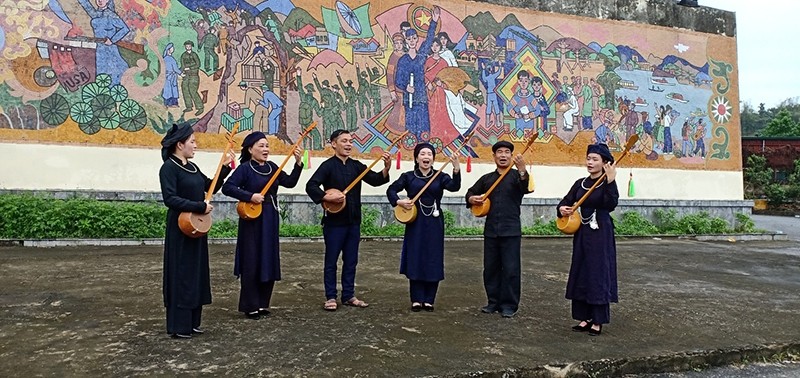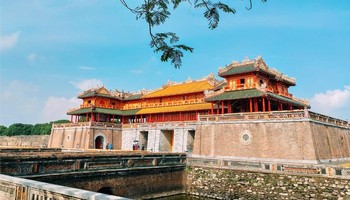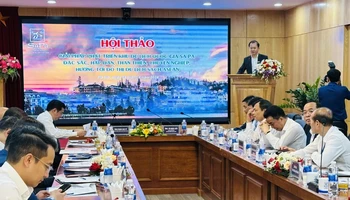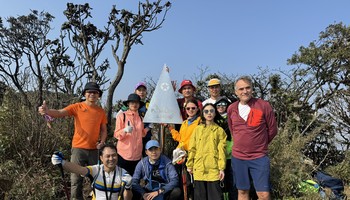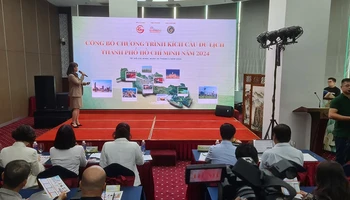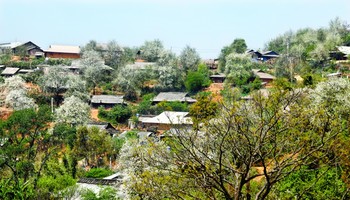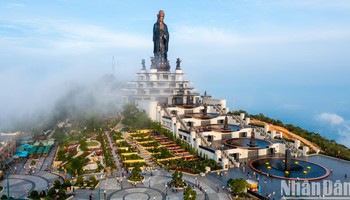Thanks to the attention of the provincial Party Committee and People’s Committee as well as efforts made by the provincial Department of Culture, Sports and Tourism and localities, the potential for tourism development of the mountainous province have been promoted gradually.
Bac Kan has rich natural tourism resources, especially Ba Be National Park. At the World Lake Conference held in the US in 1995, Ba Be Lake was recognised as one of top 20 most beautiful natural freshwater lakes in the world. It was also honoured as a Ramsar site in 2011 and a “special national relic site” in 2012.
Ba Be National Park was recognised as the ASEAN Heritage Garden in 2004. The whole area has a high level of biodiversity and a beautiful and attractive natural landscape with a system of diverse rivers, lakes and caves. In recent years, the Bac Kan provincial tourism sector has focused on developing tourism products, especially those related to cultural, eco-based, resort and community-based tourism.
Bac Kan still preserves many revolutionary historical sites. According to statistics from the provincial Department of Culture, Sports and Tourism, the province has now 152 relic sites, including 58 ranked at national and provincial levels and 94 others in the inventory list. Historical relic sites in the locality bear many imprints of the revolutionary activities of President Ho Chi Minh as well as Party and State leaders. Bac Kan’s historical and cultural relic sites have been connected with many tourist attractions in neighbouirng localities including the ATK Dinh Hoa historical site in Thai Nguyen province, Tan Trao historical relic site in Tuyen Quang province and Pac Bo historical relic site in Cao Bang province.
The provincial authorities have invested in several revolutionary historical relic sites to attract more visitors. In addition, the tourism potential of Bac Kan province also lies in its diverse and rich culture with customs and festivals of ethnic minorities. Through the general inventory of intangible cultural heritages in 2013, 291 intangible cultural heritages of ethnic minority groups were detected and identified in the locality. Up to now, 17 local intangible cultural heritages have been included in the list of national intangible cultural heritages by the Ministry of Culture, Sports and Tourism.
Bac Kan province has developed and issued many programmes and projects to expand its tourism potential: The Master plan for tourism development in Bac Kan province until 2025, with a vision to 2030; the implementation plan of the project “Restructuring the province’s tourism industry to meet the requirements for its development into a spearhead economic sector” during 2019-2025 are two such examples.
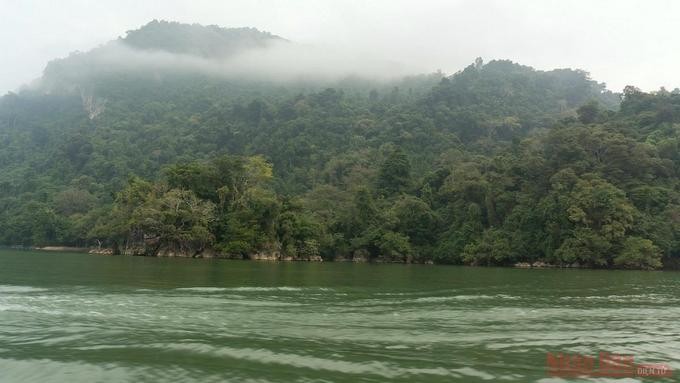 |
Ba Be Lake in Bac Kan. (Photo: NDO)
In order to realise the goal of gradually turning tourism into a spearhead economic sector in the future, local agencies have been implementing investment projects on infrastructure and facilities development to exploit and promote tourism resources thanks to the State and local budgets as well as other funding sources.
The projects were the repair of provincial road DT258; the upgrade of road 258 through Ba Be National Park; the construction of traffic infrastructure around Ba Be Lake; the building of Quang Khe - Khang Ninh road in Ba Be district; the construction of a road connecting Bac Kan City and Ba Be Lake with Na Hang district (Tuyen Quang province); and the section from Cho Moi to Bac Kan City of the new national highway no.3.
The province has invested in the tourism infrastructure of Kim Hy Nature Reserve, the Nam Xuan Lac Species and the Habitat Conservation Area and areas with a high potential for tourism development in the locality. The infrastructure system, especially the synchronously connected transport infrastructure, is expected to be completed soon, creating a network of potential destinations and tourist areas with the focus remaining on Ba Be Lake.
Recently, the provincial Party Committee passed a Resolution on tourism development in Bac Kan province during 2021-2025 period, with a vision to 2030, striving to turn tourism into an important, and gradually into a spearhead, economic sector.
The provincial authorities have set goals of making the Ba Be tourist area into a national tourist site and Nam Cat lake into a provincial-level tourist site by 2025. The province strives to welcome at least 32,000 international visitors and 1,000,000 domestic tourists while earning over VND1 trillion from its tourism industry, equivalent to 5% of the province's GRDP by 2025. By 2030, tourism is expected to become a spearhead economic sector of Bac Kan province, with around 50,000 foreign arrivals, 1,700,000 domestic tourists and total revenue from tourism reaching over VND2.5 trillion (equivalent to 10% of the province's GRDP).
